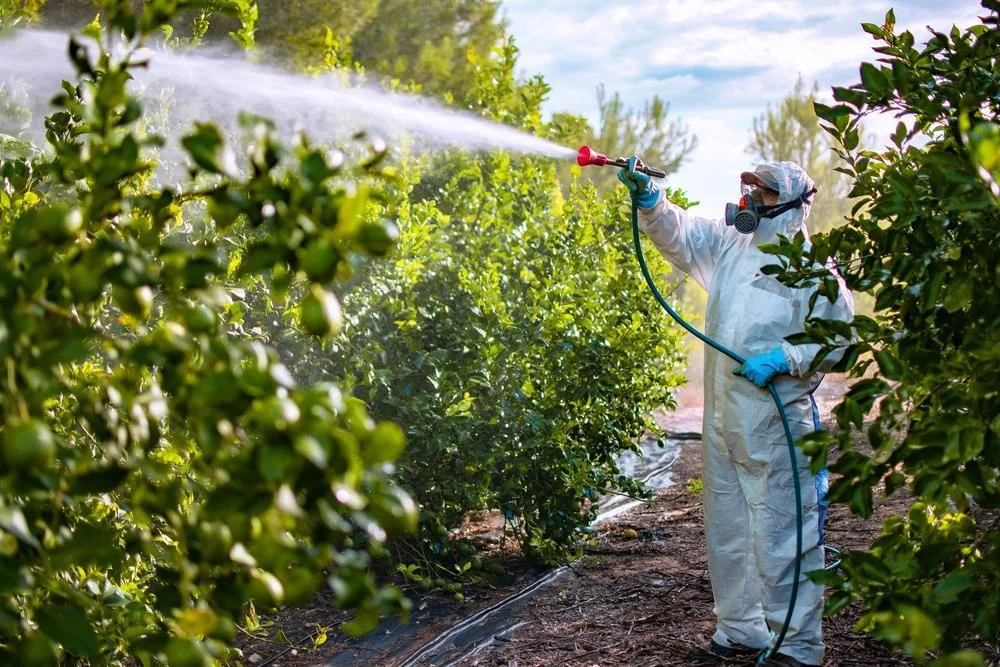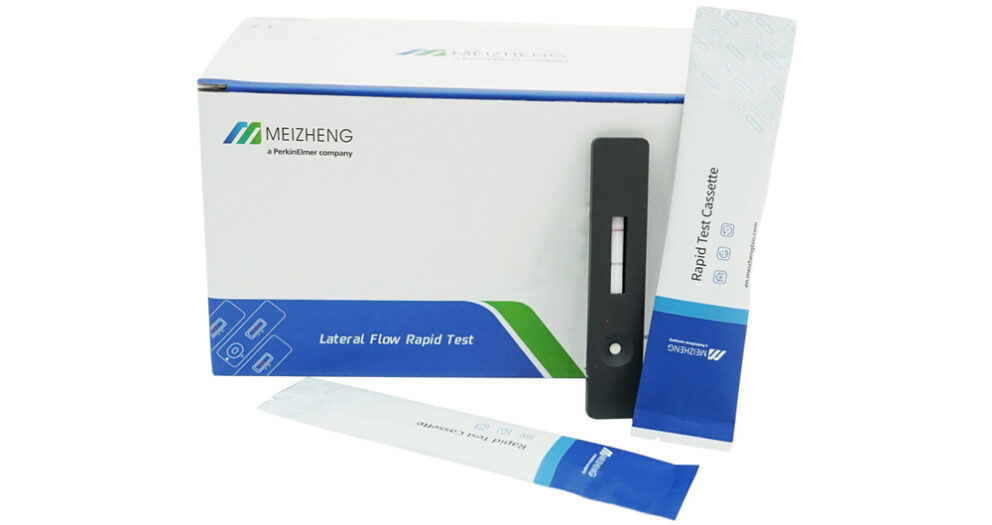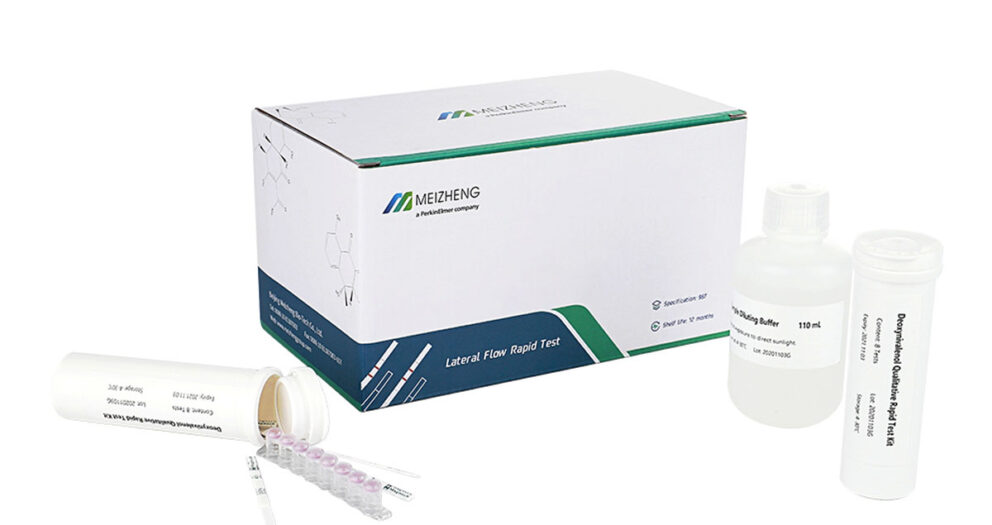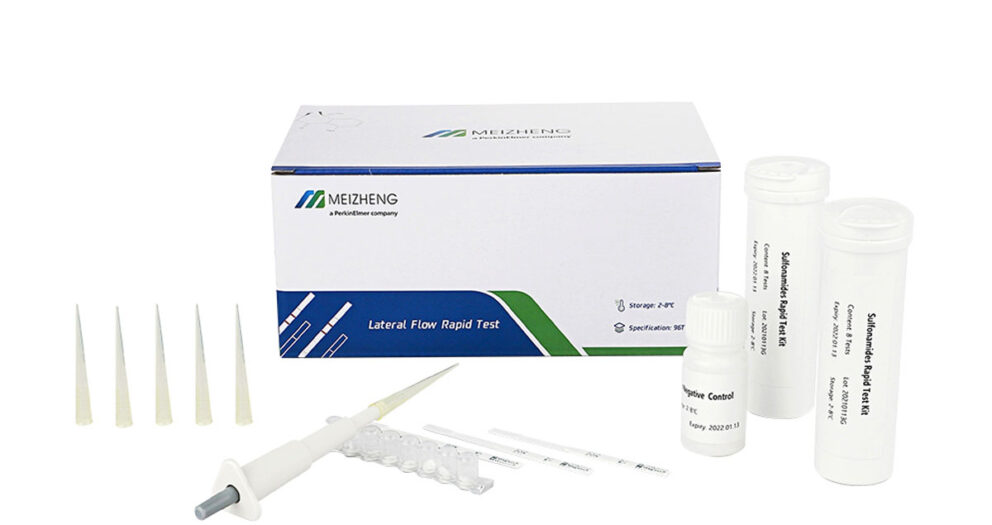- Pesticide quick test card method
- Pesticide residue spectrophotometry (inhibition rate method)
Quick test card detection principle:
Cholinesterase can catalyze the hydrolysis of indophenol acetate ketone (red) into acetic acid and indophenol (blue), organophosphorus or carbamate pesticides have an inhibitory effect on cholinesterase, and change the process of catalysis, hydrolysis and discoloration , to determine whether the sample contains excess organophosphorus or carbamate pesticide residues.
Analysis steps:
A. Extraction: clean vegetable sample—cut into pieces (about 1CM square)—take 5g into a bottle with lid—add purified water or buffer solution (10mL)—shake (50 times)- –Stand (more than 2min).
B. Pre-reaction: Take a quick test card, dip the extract with a white tablet, and place it for more than 10 minutes for pre-reaction. If possible, place it in a constant temperature device at 37°C for 10 minutes. The surface of the pre-reacted tablet must be kept moist.
C. Reaction: Fold the quick test card in half, squeeze it by hand for 3 minutes or use a constant temperature device for 3 minutes to make the red tablet and the white tablet overlap and react. d. A blank control card with pure water or buffer solution should be set for each batch of measurement.
Quick test card method result judgment:
Compared with the blank pair of ensemble Akka, if the white tablet does not change color or has a slight light blue, it is a positive result, and the unchanged blue is a positive result, indicating that the pesticide residue is high, and the light blue is a weak positive result, indicating that the pesticide residue is two. relatively low. The white tablet becomes sky blue or the blank control card is the same, which is a negative result. For samples with positive results, other analytical methods can be used to further determine the specific pesticide variety and content.
Pesticide residue spectrophotometer method (inhibition rate method) principle:
Under certain conditions, organophosphorus and carbamate pesticides have an inhibitory effect on the normal function of cholinease, and the inhibition rate is positively correlated with the concentration of the pesticide. Under normal circumstances, the enzyme catalyzes the hydrolysis of acetylcholine, and its hydrolyzed product reacts with the chromogenic agent , produce a yellow substance, use a spectrophotometer to measure the change of luminosity with time at 412nm, calculate the inhibition rate, and determine whether there are organophosphorus and carbamate pesticides in the sample through the inhibition rate.
Enzyme Sensor:
It covers the active substance enzyme on the surface of the electrode, and the enzyme reacts with the tested organic or inorganic substance to form a substance that can be responded by the electrode.
View more reliable pesticide residue test kits.







